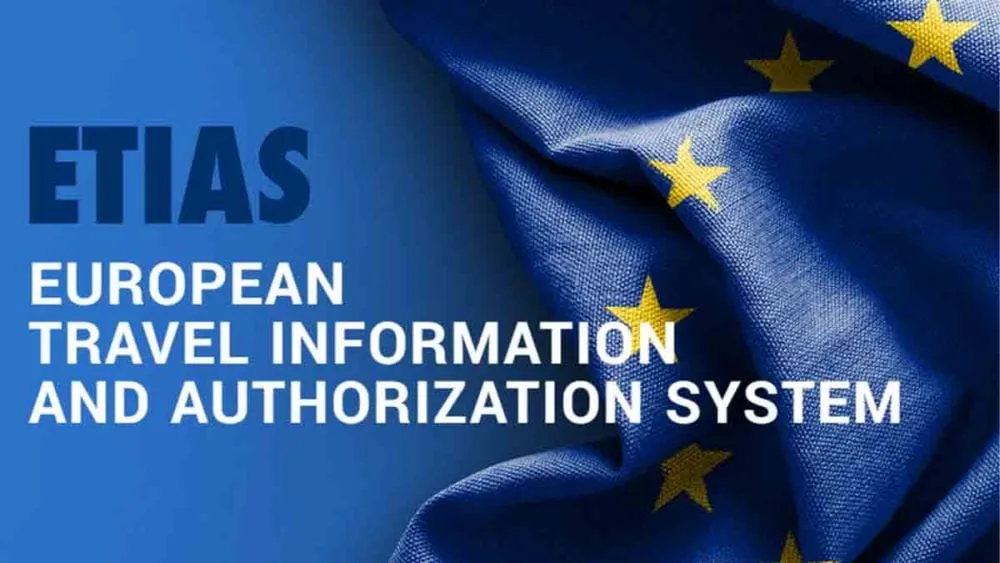According to a report by The Dail Mail on Sunday, British tourists travelling to EU countries could soon face advanced 'lie detector' tests conducted by artificial intelligence.
Critics have described the EU's move as 'Orwellian-style'. The EU is considering implementing new checks that analyze facial movements and body gestures as travellers fill out their entry forms online or at ports of entry. If the AI detects signs of deception or suspicious behaviour, the traveller's profile will be flagged for further scrutiny by immigration officers, potentially leading to entry refusals.
These measures are expected to follow the implementation of the Entry-Exit System (EES) starting October 6, which will require biometric data collection, including fingerprints and facial images, from all British travellers visiting Europe. Additionally, a visa-waiver system called the European Travel Information and Authorization System (ETIAS) will be introduced next year for short stays, costing approximately seven euros (£6) per application.

Critics, including civil rights groups and politicians across Europe, have raised concerns about potential discrimination and the efficacy of such technology. German MEP Patrick Breyer dismissed the 'lie detector' tests as 'pseudoscience', arguing that they could unfairly target individuals with disabilities or those with anxious personalities.
The EU plans to integrate this AI technology into its border security systems to enhance operational efficiency despite ongoing scepticism and criticism from various quarters.
Guidelines for European entry and exit system:
Purpose: The EES is designed to register and monitor the movements of non-EU nationals entering and exiting the Schengen zone, enhancing security and regulating migration.
Implementation: Scheduled for launch on October 6, 2024, the EES will employ automated IT infrastructure to collect and process biometric data and digitised travel documents.
Coverage: The system encompasses most European countries within the Schengen zone, including Switzerland, Liechtenstein, Norway, and Iceland, with exceptions like the Republic of Ireland and Cyprus.
Complementing System: Alongside the EES, the European Travel Information and Authorization System (ETIAS) will cater to individuals from non-EU states, providing a digital visa system.
Data Collection: Instead of passport stamping, travellers will undergo biometric data collection, including fingerprints and facial images, along with submission of essential passport details such as name and nationality.
Monitoring Entry and Exit: The EES will track each entry, exit, and instances of entry refusal for non-EU nationals, allowing authorities to promptly address overstays or illegal entries.
Enhanced Security Measures: Law enforcement and immigration authorities will utilise the system to process data, monitor traveller movements, and bolster security measures across borders.
Prevention of Fraud: The automated functionality of the EES aims to document visitors effectively, preventing identity theft and other fraudulent activities associated with cross-border travel.
Efficient Tracking: By efficiently documenting short-term stays of travellers from non-EU nations, the EES contributes to effective migration management and border control.
Awareness and Compliance: Travellers from non-EU countries, particularly those planning visits to Schengen zone countries, should know the guidelines of the EES to ensure compliance and smooth travel experiences.
The European Entry and Exit System heralds a new era in border security and migration management within the Schengen zone. By understanding its guidelines and key points, visitors can navigate the regulatory landscape effectively, ensuring seamless and secure journeys across European borders.


